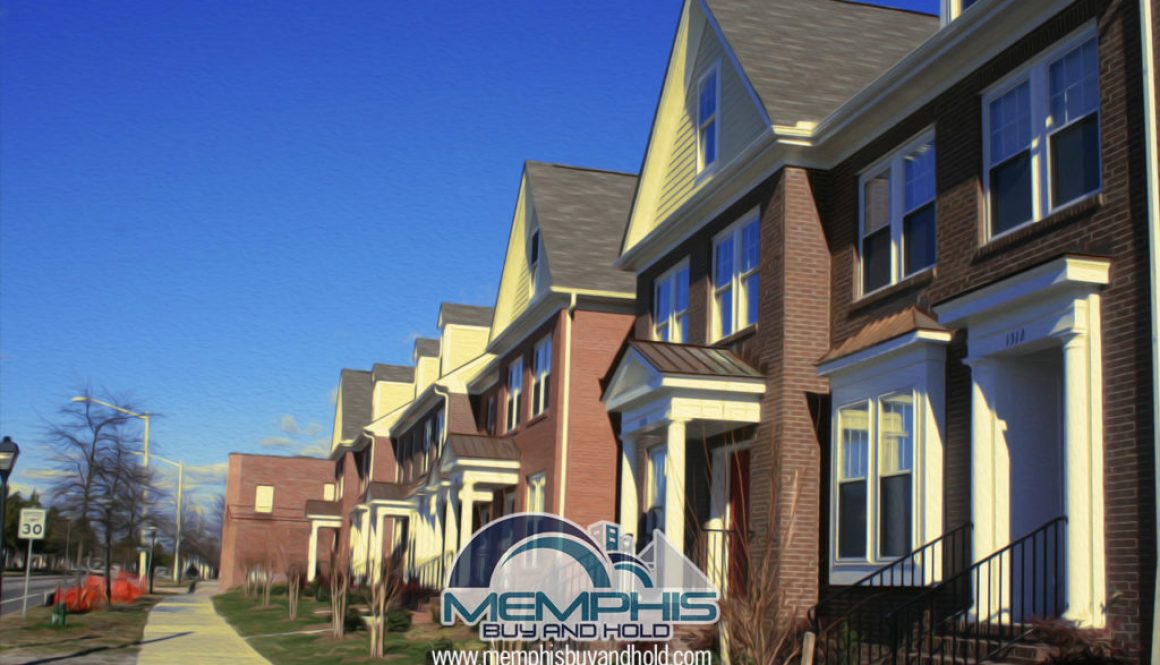
Many individuals understand the importance of including real estate, as part of their overall investment portfolio. Done wisely, this idea makes a lot of sense, because, historically, real estate growth, has outperformed, most other vehicles. It certainly, at least, keeps up with inflation, and, therefore, many consider, some sort of involvement, in this direction. One of the easiest, simplest ways, to get involved, is purchasing some sort of multi-family house, whether to live in or for strictly, investment purposes. My family has done so ourselves, now owning 4 investment properties, in 2 states. However, far too often, people jump into this, without understanding or knowledge, and fail to recognize, how the numbers work. This article will review, what I refer to, as, the 6% rule, which relates to a couple of factors to consider, review, and understands.
1. Down – payment: If you are proceeding, the way most do, and taking a mortgage, you will usually be required to put more down, than in an owner-occupied scenario. While the down – payment, generally for a single family, owner-occupied home, is 20% down, non-owner occupied, multi-family houses need a 25% down – payment. First, consider, whether you are capable of putting this down, without stressing other parts of your portfolio, etc.
2. Monthly expenses: This includes the interest and principal, of the mortgage, plus insurance, real estate taxes, escrow, and other fixed costs. In addition, one should factor in, to be safe, conservative and ready, a rate for times when there are vacancies. As a rule, if you prepare properly, you’ll factor in an average of one month, per unit, vacancy, which means, consider approximately 8% reduction, in your anticipated revenues.
3. Monthly revenues: Calculate your rent – rolls, less 8% for vacancy! Consider your costs of purchasing the property, as well as your monthly costs (fixed, and an estimate/ approximation for repairs, maintenance, major costs, etc). Your net revenues should exceed a net 6% of both, your cost of acquisition (purchase price + renovations + upgrades + repairs, etc), as well as 6% of your monthly expenditures. For example, if you purchased the property, including original renovations, etc, for $500,000, your net income must be, at least $30,000 (rent revenues – fixed expenses). It also means, if you have a 75% mortgage ($375,000), and your monthly fixed expenses, are $2500 per month, your rent – roll must be, an additional $150 (6% of $2500), plus an additional 8% ($200), plus a minimum of 5% more, for maintenance and repair reserves ($125). Therefore, the rents must be, at least $2975 ($2500 + $150 + $200 + $125). Calculate this before you purchase, to be certain that is a reasonable possibility for collecting rents, based on the local market conditions and competition).
4. Appreciation, and increase in value: A major advantage of income property is, while it should be cash flow – positive, it also has a good probability for value appreciation, etc. There are also tax considerations because you are able to depreciate income property, on your taxes.
Investing in income property is a great idea, but only if done so, wisely, attentively, and with attention, to the bottom line. This risk/ reward approach is both a smart and a relevant one!
 Memphis Buy And Hold is specializing in locating, purchasing, renovating and managing single-family and multi-unit properties and possesses from 2007 up to the present of experience in real estate investing and property management in the Memphis and Nashville markets.
Memphis Buy And Hold is specializing in locating, purchasing, renovating and managing single-family and multi-unit properties and possesses from 2007 up to the present of experience in real estate investing and property management in the Memphis and Nashville markets.


